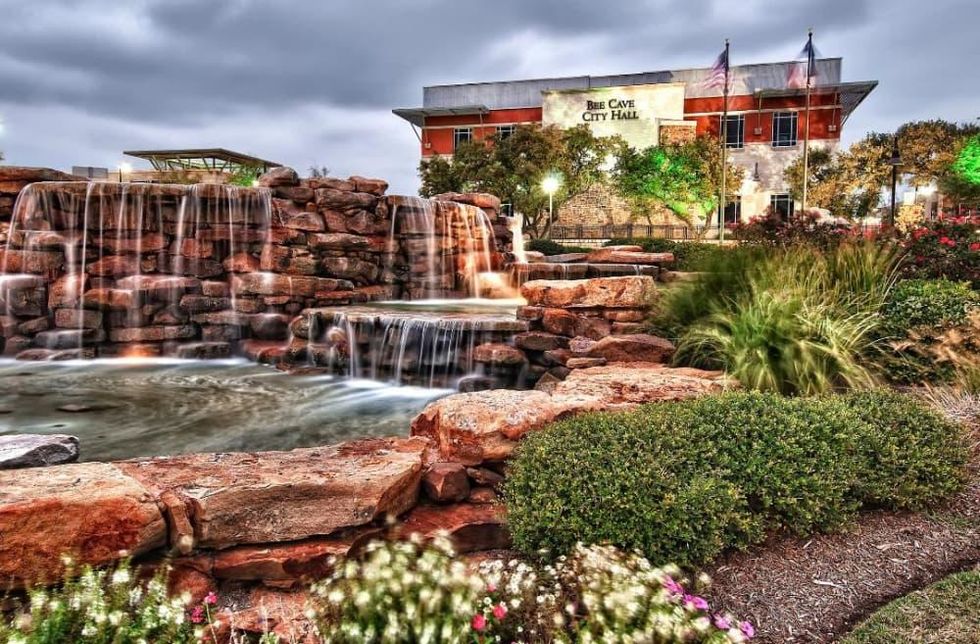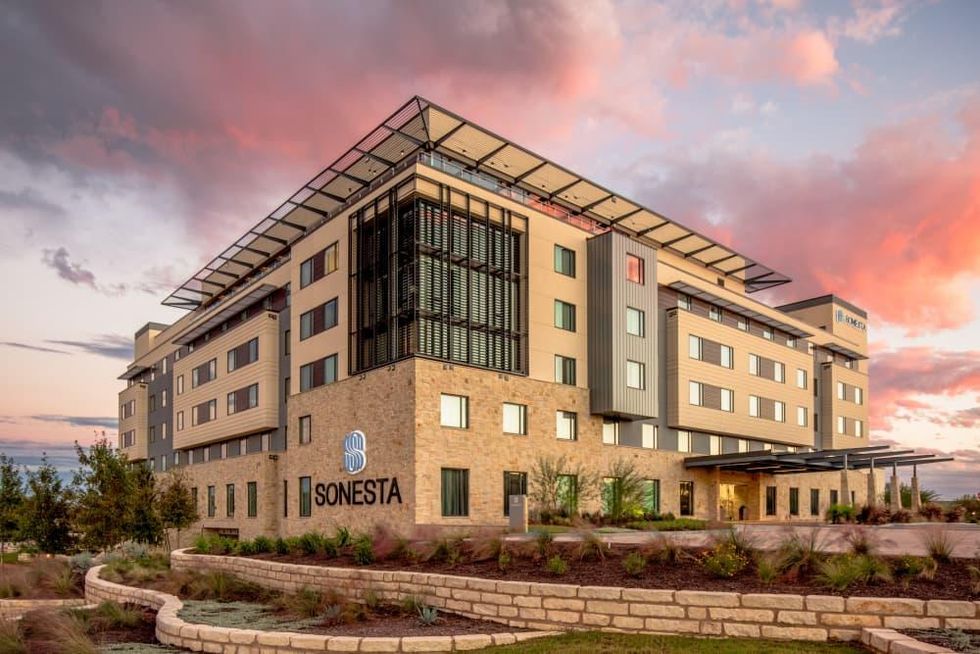History of Austin
How this Central Texas town went from rural retreat to Austin's buzziest suburb
Bee Cave is arguably Central Texas' — ahem — buzziest town. Nestled in the foothills of the Texas Hill Country, the area is part suburban enclave, part rural retreat. But along with its unusual name, Bee Cave boasts an intriguing history, beginning with Native Americans camped along the banks of Barton Creek to its reputation today as one of Austin's toniest suburbs.
A rural retreat on the banks of Barton Creek
German pioneer Dietrich Bohls fled from the bustling city of Austin in the 1850s (which then boasted a population of 900) and headed to 17 miles towards the western outskirts. When Bohls arrived, the land was home to Native American camps, and filled with cedar trees and large Mexican honeybee nests along the limestone banks of the area where Barton Creek and Little Barton Creek join. The Bohls family became the first white settlers to establish roots, and their sturdy family cabins are still in existence today and can be viewed near the front of the Spanish Oaks subdivision close to Bee Caves Road.
Two decades later, in the 1870s, Carl Beck moved to the area and opened a general store. Locals began stopping by to purchase supplies, share gossip and news, and pick up their mail. In 1873, Beck became the postmaster and opened a post office in the store. Needing a name, he thought of the area bees and named the new post office "Bee Cave." Soon the name spread by locals and the town was referred to as Bee Cave (or Bee Caves if you are new and are confused by area signs reading Bee Cave and Bee Caves).
There are differing rumors of how exactly area became known as Bee Cave. At the time, the actual bee caves were large enough for someone to step inside the "cave" and the colonies of bee hives became so well-known that visitors from across the country began flocking to the area to see them. Although there are a number of honeybee farms in the Hill Country, there are few honeybee hives inside the actual city of Bee Cave today.
Throughout the beginning of 20th century, Bee Cave continued to attract citizens wishing to flee the city and establish rural roots. The numbers went from a low of 10 people in 1890 to fifty-four people in 1914.
The area used to be referred to as "The Village of Bee Cave," but in 1987, fearing annexation from the city of Austin, the 2-mile region was officially incorporated and became Bee Cave, Texas. While Bee Cave still retains a small-town feel, a population census taken in 2018 reveals that there are roughly 8,187 people living within the city limits. And the population within the area extraterritorial jurisdiction (or ETJ) now includes just over 13,000 people.
Buzzing into the 21st Century
Today, this hamlet outside of Austin includes a school district, popular shopping center The Hill Country Galleria; numerous wineries and breweries; many outdoor attractions, including Hamilton Pool and the Bee Cave Sculpture Park; One World Theatre, offering national and international performances; boutique hotel Sonesta Bee Cave; a Whole Foods Market story; movie theater; and hiking and biking trails throughout the area.
In addition, many acres of preserve land exist and appeal to those wanting to flee the urban lights. At night, the area is prime for stargazing and was recently recognized as an official International Dark Sky Community.
Like so many Hill Country towns, Bee Cave has also become a favorite location for destination weddings. Star Hill Ranch in Bee Cave, is a wedding event and entertainment venue and TV/film production facility opened in 2004, is mixing the village's modern reputation with its historical past.
Star Hill Ranch is owned by brothers Matt and Adam Woolley, fifth generation Texans with a combined background in architectural engineering and business Marketing, along with a keen interest in history. The ranch has also been meticulously recreated to resemble the Hill Country community as it was in the early 1900s. A groom's quarters/saloon on the property has even been refurbished from the original Bee Cave Store and Post Office started by Beck in the 1870s.





 Lots of people want to live in Leander. Leander Parks & Recreation/Facebook
Lots of people want to live in Leander. Leander Parks & Recreation/Facebook